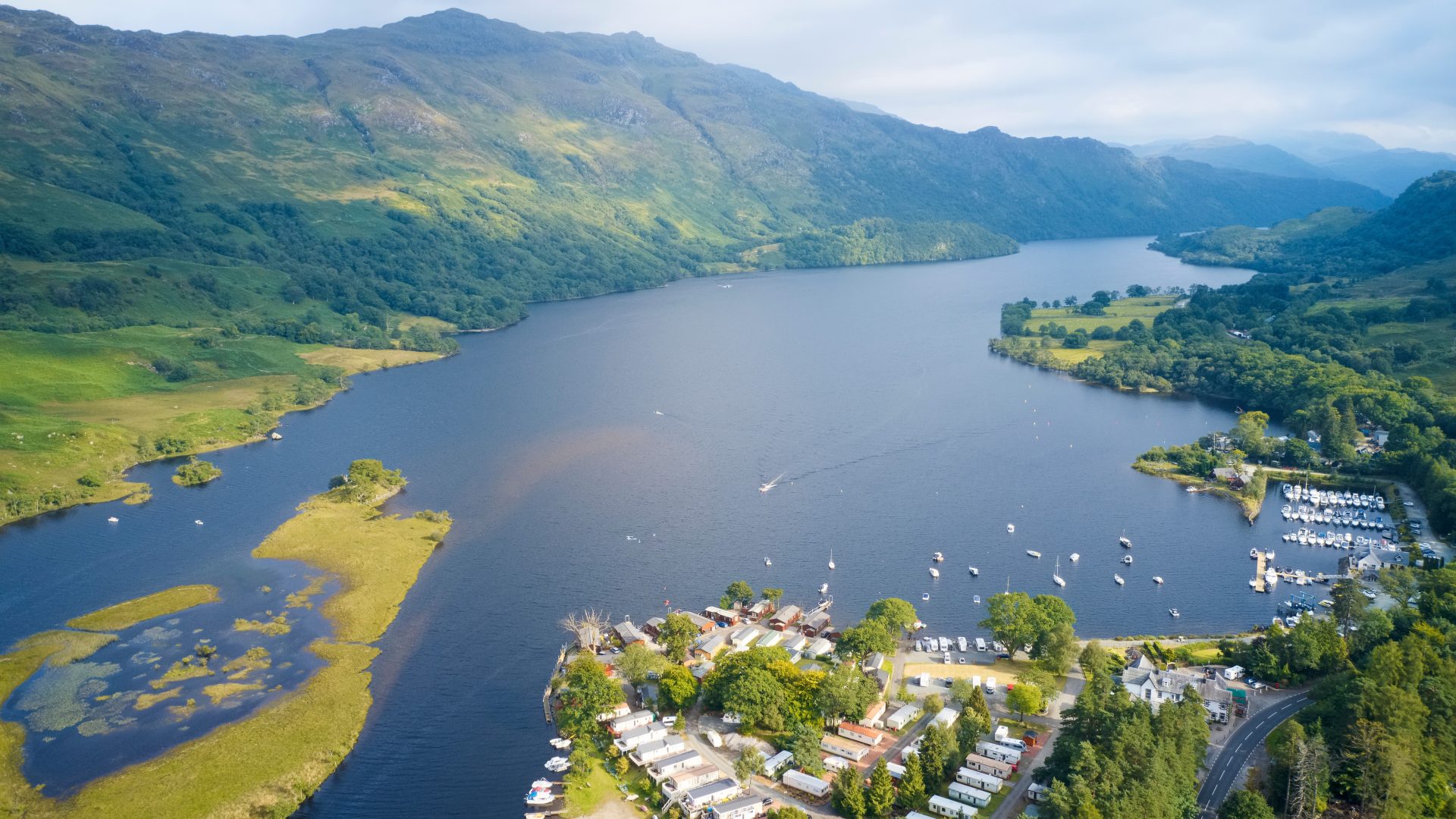Once found in abundance in our rivers and coastal areas, wild salmon are under threat from a range of pressures including habitat barriers, invasive species, and commercial aquaculture.
Survival of salmon at sea appears to be a major factor in salmon population trends across the North Atlantic. Rising sea temperatures and dry rivers in the summer may also be contributing to the decline, affecting salmon migration and spawning, and making them more susceptible to diseases and parasites. Stocks have reduced across the North Atlantic from 8-10 million in the 1970s to an estimated 3 million today.
The Scottish Government’s Wild Salmon Strategy and Implementation Plan aims to optimise the number of healthy fish leaving Scotland’s rivers and sets out a range of actions to improve Scotland’s environment, alongside targeted sector management measures. In October 2021, Scottish Ministers established SEPA as the new lead body responsible for managing the particular risk to wild salmon and sea trout posed by sea lice.
SEPA have since developed and consulted on a Sea Lice Framework which outlines a proportionate, evidence-based regulatory approach to protect young salmon from the parasite. The Framework will help to support the sustainable development of fish farming in Scotland by guiding development to the least sensitive locations, as well as providing an effective and efficient framework to assess risk and apply appropriate management measures, where necessary, in order to protect wild fish.
The Sea Lice Framework includes the creation of wild salmon protection zones and sea lice risk models, built on international best practice and using cutting edge science to triage risk. The zones will be formed in migration bottlenecks in coastal waters on the West Coast and Western Isles. Without locking in or out development, finfish farm operators in these areas will be subject to tighter but achievable levels of sea lice control with opportunities for additional monitoring, engagement and adaption if required.
Cabinet Secretary for Rural Affairs, Land Reform and Islands Mairi Gougeon said:
“Salmon is one of Scotland’s most iconic species and I am grateful for SEPA’s support in developing this framework.
“Our Vision for Sustainable Aquaculture values the role of aquaculture in producing world-renowned healthy and quality seafood, whilst recognising that its delivery and development must be sustainable.
“The framework will support sustainable development of fish farming worth more than £1 billion to our economy, ensuring our communities continue to realise the benefits of aquaculture by guiding development to the least-sensitive locations and protecting the environment, whilst making the development process more efficient and effective.”
Peter Pollard, Head of Ecology at SEPA, said:
“We know wild salmon populations are in crisis, and safeguarding their future requires co-ordinated action and a broad range of interests working together.
“As part of an international community working to address this shared challenge, we’re one of the first countries to take action to manage the risk posed by sea lice from fish farms to wild salmon.
“Scotland is emerging as a pioneer in sustainable aquaculture and we’re confident in the industry’s ability to adapt to the changing regulatory landscape, as it has done successfully before now.”
SEPA has engaged extensively with leading scientists in Scotland and Norway, other regulators, finfish producers, environmental NGOs, coastal community groups and wild fishery interests throughout the development of the Framework.
The framework will be implemented in phases and will sit alongside SEPA’s wider regulation introduced in 2019, which already controls all discharges from marine finfish farms to the water environment.
The framework for protection of wild salmon will be applied when determining applications for proposed new farms and for increases in the number of fish at existing farms on the West Coast and Western Isles from the beginning of February 2024. There are no identified salmon rivers in the Northern Isles.
An adaptive approach to the protection of sea trout populations will be implemented from March 2025 covering the West Coast, Western Isles and Northern Isles.



